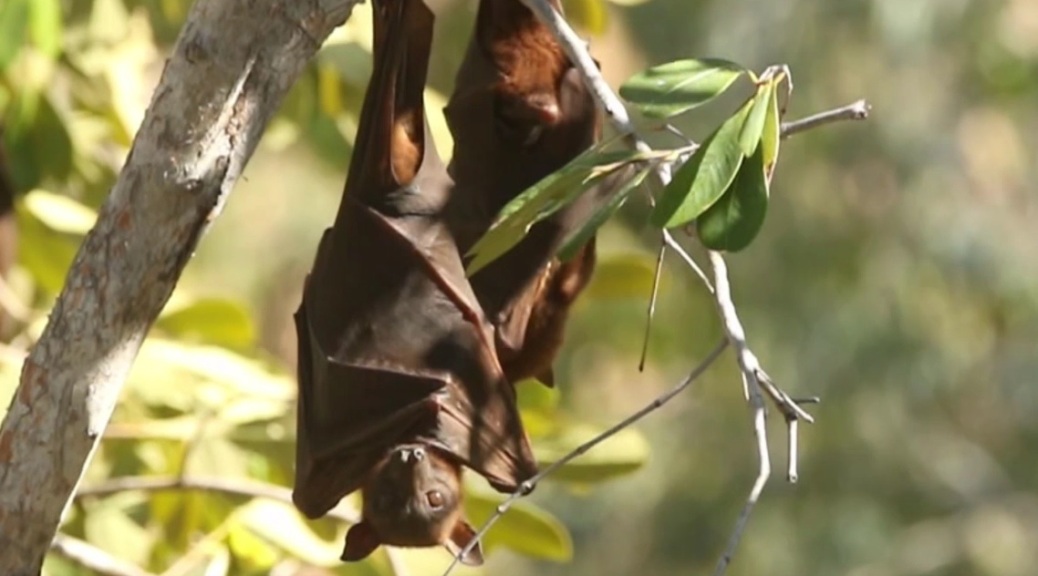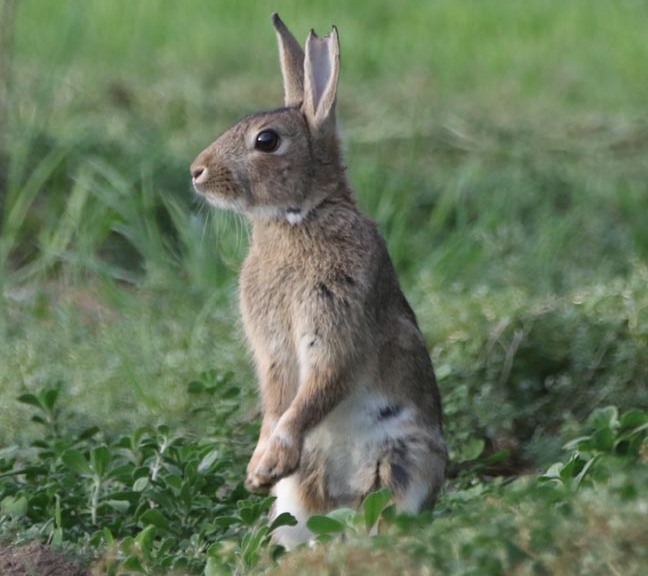Here’s a little competition about bird species (for non-birder people, so butt out if you are an expert). If you can identify please add via “comment”. I am in the Northern Territory, Australia, so they may be a bit different from what you are used to. All the photos taken by me over the last 3 weeks. I have an interest in just how much we know about our own Australian species. Most of these are fairly common. I will add some more unusual species in a later post. Please share, and kids welcome!
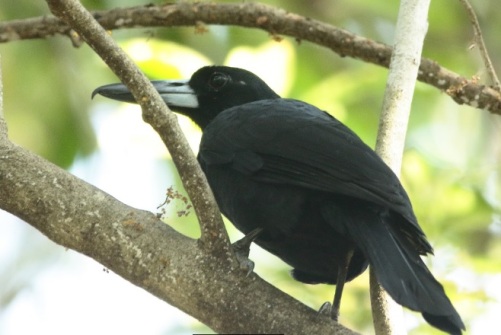
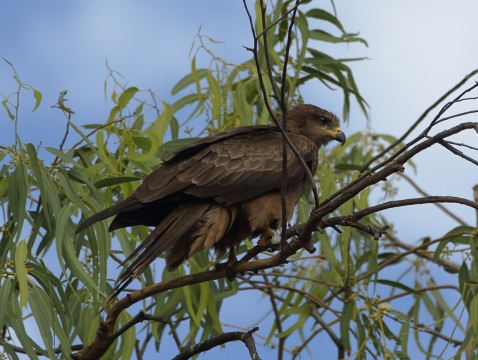
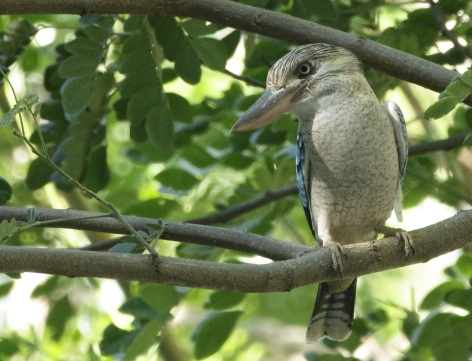
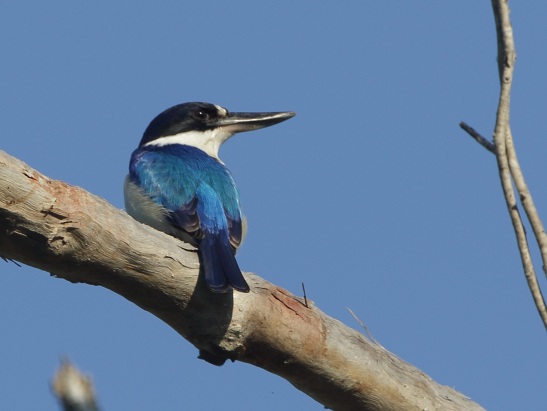
Why we need Flying foxes
These are Little Red Flying Foxes, the smallest of our “fruitbats”, an endemic species of northern and eastern mainland Australia.
Flying Foxes are considered by many people as simply obnoxious pests. They can settle in suburban backyards in thousands, but these beautiful flying mammals serve a critical role especially in northern Australia by pollinating a wide range of plant species. They are the ‘bees’ of the tropical north, a place which is largely shunned by European honey bees. Besides pollination they also distribute seeds of native fruiting trees far and wide, a service indispensable to native forests.
Science is just beginning to understand the behaviour of these animals and with this knowledge managers will have the ability to persuade colonies to avoid areas of human habitation and agribusiness.
We have no idea whether these animals are increasing or decreasing in number, they a very nomadic and move over huge distances. One thing is certain however an that is their habitat is being increasingly lost to ‘development’ . The American Passenger Pigeon once blacked the sky in mid-western US states but is now gone forever. Lets not treat our Flying foxes the same way.
Please share.
Horses and Beef also cause extinction
Here’s a little (unfinished) video which I shot and edited on the run in the Northern Territory, Australia. The location is about one hour drive east of Alice Springs, known as Ross Creek. “Arid” is a description which covers more than 90% of this country, water is the most precious commodity.
We call places where water naturally occurs a rock-hole, a waterhole, a soak or a well. They were revered and cared for for thousands of years by the first Australians. In the middle east they would be called oases. What WE do is use them to water stock (and make money). This is achieved by simply running stock on land with unrestricted access to natural waterholes. This video is an attempt to show the results of this practice. Native species have to cope with what is left, a stinking brew of warm mud, urine and faeces.
One can only wonder how much of our wonderful wildlife is slowly being poisoned on a daily basis. They have no choice but to drink what is left.
Homesteaders proudly describe their properties by the square kilometer, holdings are huge by any standard. Beef cattle raising is one of very few ways money can be made from these arid lands, but at what cost?
Rewilding Melbourne’s West.
I live in Altona Victoria, home to Melbourne’s petro/chemical refineries, car plants and other major industries. The main waterway here is Kororoit Creek which was once a beautiful babbling brook but had become an industrial drain.
Unfortunately the original creek escarpment has been all but obliterated, but if you know where to look there are still stone chips left by the Wurundjeri people 200 years ago. Work has been going on for over 20 years, dragging away rubbish, landscaping, planting and maintaining. This video shows one unexpected creature which has come to raise a family here. There is no sound because there is still an enormous tip close by and bulldozers are operating seven days a week. The area is surrounded by factories but this little oasis is showing signs of new life.
Folkc shows what can be accomplished with a little organization and determination by ordinary people.
Very Special Treatment

Who could disagree that Australian ecosystems are very special? My photo of this White Backed Fairy-wren in central NSW last month tells it all, he seems to scream ‘I Exist’.
Not far from where I live in Melbourne, Victoria, are the last few Orange Bellied Parrots, and I mean few. The only four birds left to make the crossing from Tasmania to mainland Australia for winter (these parrots are one of three of earth’s migratory parrots another being the Australian Swift parrot which is also endangered).
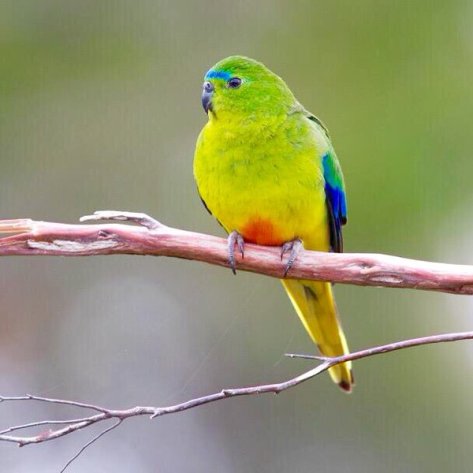
Most people have no idea these creatures exist or would care, a freeway passes the parrot’s winter foraging place and thousands of cars roar past the place each day. How many of those drivers know what they are passing?
Leading Australian scientists tell us our special ecosystems are in a state of collapse https://theconversation.com/great-barrier-reef-bleaching-is-just-one-symptom-of-ecosystem-collapse-across-australia-58579
Ecology CAN make a change, without it there would likely be no Rhinos, Elephants or National Parks. People can also create change, but this requires political will. The Great Australian Silence (the National ability to turn our backs on the big questions) has to be overcome.
“Country”and that includes our seas, need very special treatment. It’s what we all rely on to provide the water, oxygen, food and recycling of waste and chemicals used daily without a thought. It’s also the thing which sequestrates the Co2 we are pumping into the air and which is causing Climate Change.
Lets put our money where it’s really needed, not into more war machines.“Don’t tell me what you value; show me your budget, and I’ll tell you what you value.” – US Vice President Joe Biden
There’s a Numbat in my Shed
Atlas of Living Aust,
My arts project was recently posted to ALA see http://www.ala.org.au/blogs-news/spotlight-on-ala-users-visual-artist-peter-forward/
I add to Atlas of Living Australia’s data base when I take photos or recognize a species. Ordinary citizens can help here by building knowledge about what is in our wild places and even backyards. If I cannot identify the plant or animal I log it to WOMPA which is part of the Bowerbird database. These databases apparently combine their sightings, although I’m not sure about this. After entering to WOMPA experts will view the photo for identification. Don’t forget to place a car key or coin or matchbox next to the object to show size. ALA is also great for me when making my sculptures.
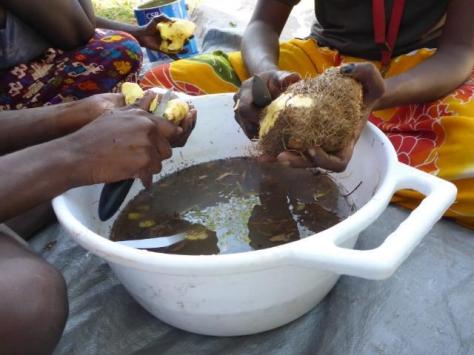
Jalma (Cheeky Yam, Dioscorea bulbifera)
Cats are lovely pets but;

And there’s other reasons to discourage cat ownership..
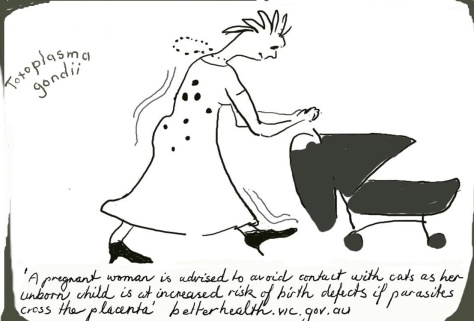
Predators are disappearing world-wild, including from our seas. On land this can have unforseen effects. The left diagram below is what we have done, and the right is what the science suggests we should do. The problem is these decisions would effect on-farm income.
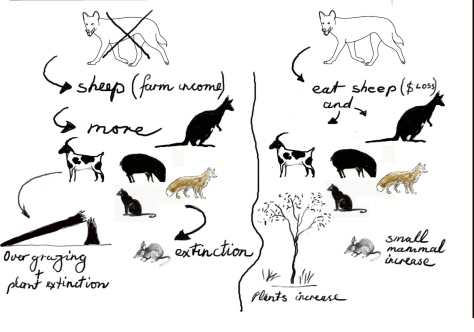
However agriculture and conservation can work together. Rabbit hemorrhagic disease virus in arid South Australia released 4 threatened study mammals from feral predation. The result was the 4 species’ removal from the IUCN Red list.

So next time you see a spider or cockroach in your cupboard remember your own actions and decisions also have consequenses.
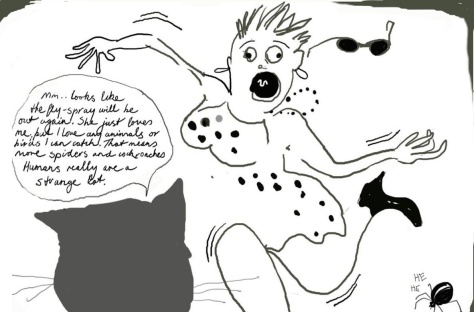
Go see “Extinction” a play by Hannie Rayson, if you get a chance.
The show is currently showing at Geelong Performing Arts Centre and will tour Canberra and Melbourne in coming months. See details here.

Redstitch Theatre & GPAC have bravely and successfully launched the extinction theme into the public arena, something which desperately needs to happen if change is to take place in this country.
Director Nadia Tass said in an after show ‘question and answer’ that the large production houses had not shown interest which doesn’t surprise me. Extinction as a theme is certainly not in the public mind so it would not be considered a commercial proposition, but from my observation if any arts production can do this, this show will. It was beautifully timed and crafted and almost filmic in style using computer generated graphics projected as a backdrop. This kept the audience aware of what was happening in the forest simultaneously with phone screen events or even skyped international callers.
Driving back to Melbourne I thought how easily the play could be made as a movie production for a wider audience.
I’ve been thinking along the lines of the writers and producers of this work for some time so it was great to see artists putting up their hands and taking the necessary risks.
Most effective way to save small Australian mammals
The most effective way to save endangered Australian mammals, birds and biodiversity without spending one conservation dollar. It might seem weird but the release of Rabbit Hemorrhage Disease Virus reduced cat and fox impacts. http://www.abc.net.au/news/2016-02-17/rabbit-control-research-rhdv-threatened-mammals-south-australia/7177600#
 It’s easy to photograph rabbits even if you live in a major Australian city. This one 10km from Melb CBD.
It’s easy to photograph rabbits even if you live in a major Australian city. This one 10km from Melb CBD.
Lead researcher Reece Pedler from Natural Resources SA Arid Lands said the results were compelling.“We found that three threatened mammals, the dusky hopping mouse, the plains mouse and the crest-tailed mulgara, had undergone huge changes in their distribution,” Mr Pedler said…“Some of those species have increased their extent of occurrence by between 250 and 350 per cent, so they have made massive increases in their range.”
And in Rabbit biocontrol and landscape-scale recovery
of threatened desert mammals
Reece D. Pedler,∗ ¶ Robert Brandle,∗ John L. Read,†‡ Richard Southgate,§ Peter Bird,∗∗
and Katherine E. Moseby†‡
“In an era of increasing conservation crisis, costefficiency
in conservation planning and investment is
critical (Carwardine et al. 2012; McDonald et al. 2015).
Well-considered actions that simultaneously abate threats
relevant to multiple species and ecosystems are keys
to maximizing conservation outcomes (Auerbach et al.
2014). Despite this, many celebrated conservation successes
feature intense single-species captive breeding
and reintroduction programs for endangered flagship
mammals. Some expensive examples include recovery
actions for the black-footed ferret (Mustela nigripes) in
North America, which have involved nearly 50 government
agencies in the captive breeding of 6000 individuals
(Jachowski et al. 2011), with 100 wild-released animals
costing US$29,100/individual (Bodenchuk et al.
2000). Similarly, recovery of the golden lion tamarin
(Leontopithecus rosalia) has involved intense captive
breeding and wild-population translocation, requiring
millions of dollars in investment sustained over 4
decades (Kierulff et al. 2012). Although these examples
may represent extreme cases, where extinction
risk is high, they highlight the high costs of 11th hour
intensive conservation intervention compared with preventative
measures implemented at earlier stages.
Within our study area, single-species-focused conservation
actions for small mammals have also gained much
emphasis, but these costly species recovery plans are
seldom funded and are perhaps too narrowly focused
and unrealistic in sparsely populated regions (Southgate
2014). Single-species recovery planning for the plains
mouse prescribes research and small-scale habitat protection
costing AU$895,000 over 5 years (Moseby 2011).
Four-year recovery actions for the crest-tailed mulgara
(published in the same year as RHDV’s introduction)
were estimated at AU$852,000 (Morris et al. 1996). Few
of these identified actions were funded or enacted, and revised
actions have since been identified (Woinarski et al.
2014). In the meantime, both species have recovered significantly
because of action that (somewhat fortuitously)
addressed common threatening processes that simultaneously
benefited other species, ecosystems, and important
agricultural industries on a continent wide scale (Cox
et al. 2013). This multispecies recovery provided by rabbit
biocontrol arguably costs nothing, as the AU$12 million
cost to introduce RHDV has been recouped many
times over by the AU$350 million annual benefit to agriculture
alone (Saunders et al. 2010).
In arid inland Australia, the release of the rabbit
biocontrol agent RHDV has been the single most
important and cost-effective conservation action for
small threatened mammals (and a range of other taxa and
ecosystems) in recent decades. This result highlights the
power of harnessing trophic cascades as a wide-reaching
conservation tool. Although the scale of RHDV’s benefits
was not foreseen at the time of its introduction, these
changes were detected through multiple long-term monitoring
data sets, without which the important applied
conservation lessons may have been missed. Sustained recovery
depends on the continued suppression of rabbits
and by extension of cats and foxes through adaptation
and release of new rabbit biocontrol agents. The
associated benefits to agricultural industries alone
would provide substantial net economic gain from
this relatively cheap yet wide-reaching action. Such
broad-scale conservation management initiatives with
appropriate long-term monitoring should be prioritized
over single-species-focused recovery actions or smallscale
intensive programs.”


